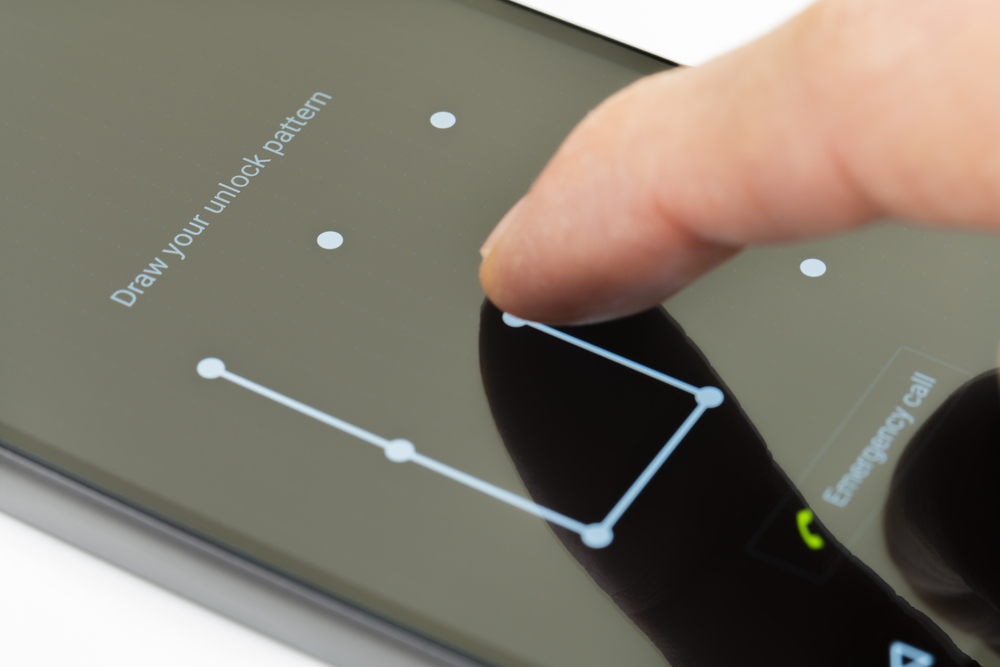Whether you are a government employee with sensitive data stored on your mobile device or just a casual user that just can’t lose your precious cat pictures, turning on security settings to keep your privacy secure on your Android device is important.
Convenience vs security
In an era of having to keep track of multiple complex passwords, dealing with policies to reset passwords as soon as you just started to remember the last one, and taking two or more steps of authentication to login to most things these days, it’s easy to see why people may get lax with security on their personal mobile devices. It’s the case of convenience versus security. Leave your device unlocked, and you make it easy for your private data to be stolen. Lock things down tight, and you may find yourself ready to chuck your device at the ground when it locks itself (again) when you’re in the middle of an important task.
Let’s look at some of the common security settings available on Android devices.
Screen locks – the basics

Most Android devices come with these basic screen lock settings, listed least to most secure below:
- Pattern – Draw a pattern on dots to unlock device
- Minimum 4 dots, max 9 dots
- PIN – Enter a number to unlock device
- Minimum 4 digits, max 17 digits
- Password – Enter a good old password to unlock device
- Minimum 4 characters, max 17 characters
Choosing which method and how many elements used for that method determines how secure it is. For example, a 6-character password is more secure than an 8-dot pattern. No matter what you do with your mobile device, you should use at least one of these methods to secure it.
Screen locks – biometrics

It seems each new iteration of mobile devices comes with a new clever way to unlock your device, most of which using biometrics. Biometrics use your biology to recognize you to unlock your device. Examples are a fingerprint, retina (eye), or face.
The biggest concern with any biometric security method is that you can’t change your biology like you can with a password. As technology advances, we will see advances in the ability to hack these biometrics. There are already several proof-of-concept hacks that can potentially exploit each. Still, it’s a lot easier to put your finger on a scanner than enter a PIN.
Sleep timeout & auto lock timeout
The sleep timeout determines the length of time before your mobile device goes to sleep. The auto lock timeout is the length of time after the device is asleep that it will lock itself. You can even go a step further and set the device to lock by pressing the power button.
Start with shorter timeouts and work your way longer to find the right balance between security and convenience. In other words, how many times can you unlock your device throughout the day before you can’t take it anymore! Just remember, the longer the timeout the more time there is for personal data to be stolen.
What is at stake
If you work at a company that allows you to use your mobile device to login email, access company data, and/or connect to company Wi-Fi, you could be more of a risk than what you think — especially if it’s a well-known company. Targeted attacks are the easiest way for criminals to steal sensitive information from a company, and that device you carry around everywhere could easily be used against the company you work for. If a mobile device is lost or stolen with no security settings, threat actors could easily use it to gain access to a company’s sensitive information. Even access to information that is beyond the compromised user’s permissions is at risk.
Even if the above doesn’t apply to you, there are other reasons to keep your mobile device secure. Criminals can easily factory reset a stolen, unlocked device and then sell it for profit. They could also do whatever they like with your personal information. For example, post those private pictures for all your followers to see on social media. So, it’s best to turn on those security settings and have a little peace of mind that your privacy is secure.
Nathan Collier










